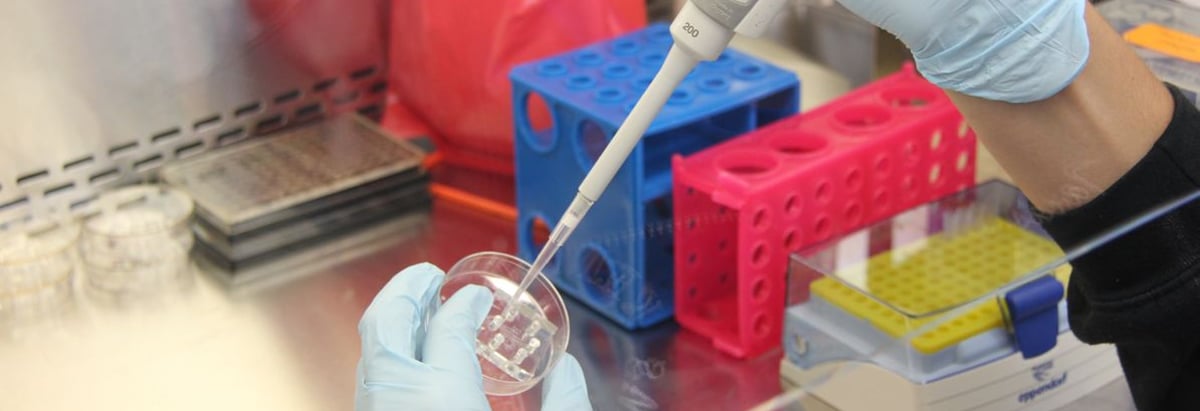- United States
- /
- Biotech
- /
- NasdaqGS:GILD
Here's What Gilead Sciences, Inc.'s (NASDAQ:GILD) P/E Ratio Is Telling Us

This article is written for those who want to get better at using price to earnings ratios (P/E ratios). We'll apply a basic P/E ratio analysis to Gilead Sciences, Inc.'s (NASDAQ:GILD), to help you decide if the stock is worth further research. Looking at earnings over the last twelve months, Gilead Sciences has a P/E ratio of 13.77. In other words, at today's prices, investors are paying $13.77 for every $1 in prior year profit.
View our latest analysis for Gilead Sciences
How Do You Calculate Gilead Sciences's P/E Ratio?
The formula for price to earnings is:
Price to Earnings Ratio = Share Price ÷ Earnings per Share (EPS)
Or for Gilead Sciences:
P/E of 13.77 = $63.88 ÷ $4.64 (Based on the year to June 2019.)
Is A High P/E Ratio Good?
A higher P/E ratio implies that investors pay a higher price for the earning power of the business. That isn't necessarily good or bad, but a high P/E implies relatively high expectations of what a company can achieve in the future.
How Does Gilead Sciences's P/E Ratio Compare To Its Peers?
We can get an indication of market expectations by looking at the P/E ratio. We can see in the image below that the average P/E (19.9) for companies in the biotechs industry is higher than Gilead Sciences's P/E.

Its relatively low P/E ratio indicates that Gilead Sciences shareholders think it will struggle to do as well as other companies in its industry classification.
How Growth Rates Impact P/E Ratios
Companies that shrink earnings per share quickly will rapidly decrease the 'E' in the equation. That means even if the current P/E is low, it will increase over time if the share price stays flat. So while a stock may look cheap based on past earnings, it could be expensive based on future earnings.
In the last year, Gilead Sciences grew EPS like Taylor Swift grew her fan base back in 2010; the 174% gain was both fast and well deserved. Regrettably, the longer term performance is poor, with EPS down 0.9% per year over 3 years.
Don't Forget: The P/E Does Not Account For Debt or Bank Deposits
One drawback of using a P/E ratio is that it considers market capitalization, but not the balance sheet. In other words, it does not consider any debt or cash that the company may have on the balance sheet. Hypothetically, a company could reduce its future P/E ratio by spending its cash (or taking on debt) to achieve higher earnings.
Spending on growth might be good or bad a few years later, but the point is that the P/E ratio does not account for the option (or lack thereof).
Is Debt Impacting Gilead Sciences's P/E?
Net debt totals just 0.9% of Gilead Sciences's market cap. So it doesn't have as many options as it would with net cash, but its debt would not have much of an impact on its P/E ratio.
The Verdict On Gilead Sciences's P/E Ratio
Gilead Sciences has a P/E of 13.8. That's below the average in the US market, which is 17.3. The company does have a little debt, and EPS growth was good last year. The low P/E ratio suggests current market expectations are muted, implying these levels of growth will not continue.
Investors have an opportunity when market expectations about a stock are wrong. If the reality for a company is not as bad as the P/E ratio indicates, then the share price should increase as the market realizes this. So this free report on the analyst consensus forecasts could help you make a master move on this stock.
Of course, you might find a fantastic investment by looking at a few good candidates. So take a peek at this free list of companies with modest (or no) debt, trading on a P/E below 20.
We aim to bring you long-term focused research analysis driven by fundamental data. Note that our analysis may not factor in the latest price-sensitive company announcements or qualitative material.
If you spot an error that warrants correction, please contact the editor at editorial-team@simplywallst.com. This article by Simply Wall St is general in nature. It does not constitute a recommendation to buy or sell any stock, and does not take account of your objectives, or your financial situation. Simply Wall St has no position in the stocks mentioned. Thank you for reading.
About NasdaqGS:GILD
Gilead Sciences
A biopharmaceutical company, discovers, develops, and commercializes medicines in the areas of unmet medical need in the United States, Europe, and internationally.
Established dividend payer and good value.
Similar Companies
Market Insights
Community Narratives




